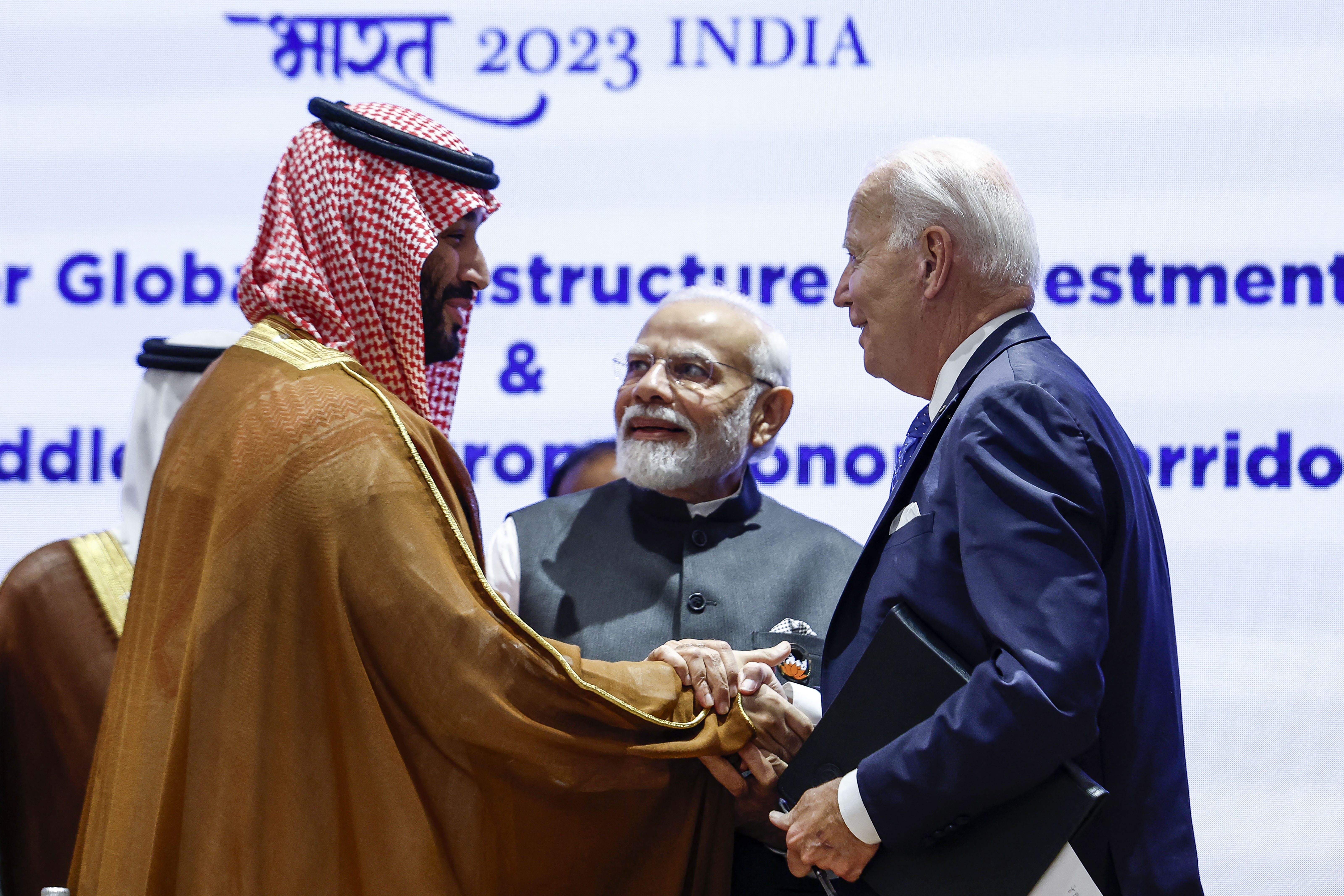
This is the English translation of a Turkish language article that was originally published by AVİM on 19 September 2023. The translation was made by AVİM Scholar in Residence İrem Akın.
At the G20 Summit held on 9-10 September 2023, the United States, India, the United Arab Emirates (UAE), Saudi Arabia, Germany, France, Italy, and the European Union (EU) signed a Memorandum of Understanding to establish the India-Middle East-Europe Economic Corridor (IMEC). The Corridor is envisaged to establish trade routes from Indian ports to the United Arab Emirates by maritime transport, to Israel by railway transport via Saudi Arabia and Jordan, and from Israel to Greece by maritime transport.
The project was announced as part of the Partnership for Global Infrastructure and Investment, an initiative of the G7 Countries to finance infrastructural projects in developing countries. Since the G7 Summit in 2021 announced a support plan to improve infrastructure in developing countries, called Build Back Better World (B3W)[1], there has been no visible initiative in terms of a physical infrastructural contribution. B3W has failed to succeed due to factors such as unrealistic promised financing (more than $40 trillion by 2035) and a lack of full commitment from all G7 Countries. Later, at the G7 Summit in 2022, the support plan was rebranded as the "Partnership for Global Infrastructure and Investment" and announced as a joint venture of public and private investments.
The partnership's first major project, IMEC, is seen as an alternative to the Belt and Road Initiative (BRI), which manages to exclude China and brings Israel to the forefront along with other Arab countries. Therefore, the US is seeking to kill two birds with one stone with this project. The inclusion of the UAE and Saudi Arabia as an alternative to Suez transit is in line with developments in the Middle East, such as the Abraham Accords signed by Israel with Arab states and the Comprehensive Economic Partnership Agreement signed between Israel and the UAE in 2022.
IMEC should also be considered as a part of the US strategy to attract India to its side to maintain its superpower status. Russia, which is burdened by international sanctions, has increased its trade with India by turning to South Asian markets.[2] Russia plans to break the blockade against it by opening to the Indian Ocean through the International North-South Transport Corridor (INSTC). India, on the other hand, seeks to promote its own ports as an alternative to Pakistan's Gwadar Port, which is an important component of the BRI.
India's plan to be included in the trilateral platform of Greece, South Cyprus and Israel, and its export of military equipment to Armenia against Azerbaijan because of its support for Pakistan, also give an idea about the IMEC's route from Israel to Greece, bypassing Türkiye.
Meanwhile, Türkiye plays an active role in promoting the Middle Corridor and is in an essential nexus connecting the INSTC via the Baku-Tbilisi-Kars railway. Connecting with the Black Sea, the Turkish Straits constitute an important part of the trade to Europe. Türkiye has proposed to involve Qatar and Iraq in the development of the IMEC project and to provide transit through Türkiye as part of this project. In this regard, Türkiye emphasized Iraq's "Development Road Project", which would provide a rail link from Basra to Türkiye.
The BRI has been one of the most ambitious policies of China, which survived the 2008 financial crisis with reduced damage thanks to China’s capability to increase public expenditures and boost production for its vastly populated domestic market. In total, China has invested more than 1 trillion Dollars into these infrastructural projects in many countries.[3] As of September 2023, there are 154 countries involved in the BRI, accounting for 80% of the 193 member states of the United Nations.[4]
The IMEC is, for now, a political commitment. The timing is perhaps not coincidental, as it comes just before China’s Belt and Road Forum for International Cooperation next month, which will celebrate the 10th anniversary of the BRI. The participants who signed the IMEC Memorandum of Understanding plan to meet within 60 days to develop an action plan.[5] As the BRI has a wide geographical scope across the globe, for the IMEC project to succeed, it needs to be inclusive rather than exclusive, and important issues such as the scope, financing, and technical details of the project need to be clearly defined and planned.
*Photograph: The Epoch Times
[1] Gülperi Güngör, “G7 Zirvesi Batı’nın "Daha İyisini" İnşa Edebileceğini Kanıtlıyor Mu?” AVİM, 28 Haziran 2021, https://avim.org.tr/tr/Yorum/G7-ZIRVESI-BATI-NIN-DAHA-IYISINI-INSA-EDEBILECEGINI-KANITLIYOR-MU
[2] Gülperi Güngör, “Uluslararası Kuzey-Güney Ulaştırma Koridoru ve Bölgesel Etkileri”, AVİM, 28 Temmuz 2023, https://avim.org.tr/tr/Yorum/ULUSLARARASI-KUZEY-GUNEY-ULASTIRMA-KORIDORU-VE-BOLGESEL-ETKILERI
[3] NC Bipindra, “China Completes 10 Years Of $1.4 Trillion BRI Project; Puts South Asia, Barring India & Bhutan, In A Bind”, Eurasian Times, July 23, 2023, https://www.eurasiantimes.com/china-completes-10-years-of-1-4-trillion-bri-project-puts/
[4] Shannon Tiezzi, “How China’s Belt and Road Took Over the World”, The Diplomat, September 12, 2023, https://thediplomat.com/2023/09/how-chinas-belt-and-road-took-over-the-world/
[5] “Memorandum of Understanding on the Principles of an India – Middle East – Europe Economic Corridor”, The White House, September 9, 2023, https://www.whitehouse.gov/briefing-room/statements-releases/2023/09/09/memorandum-of-understanding-on-the-principles-of-an-india-middle-east-europe-economic-corridor/
© 2009-2025 Center for Eurasian Studies (AVİM) All Rights Reserved
No comments yet.
-
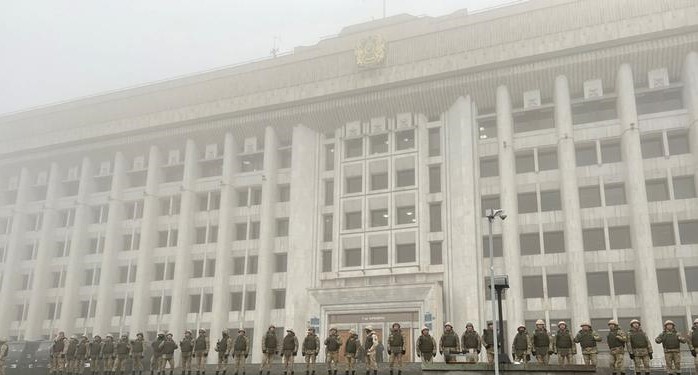 PROTESTS AND POLITICAL CRISIS IN KAZAKHSTAN
PROTESTS AND POLITICAL CRISIS IN KAZAKHSTAN
Gülperi GÜNGÖR 11.02.2022 -
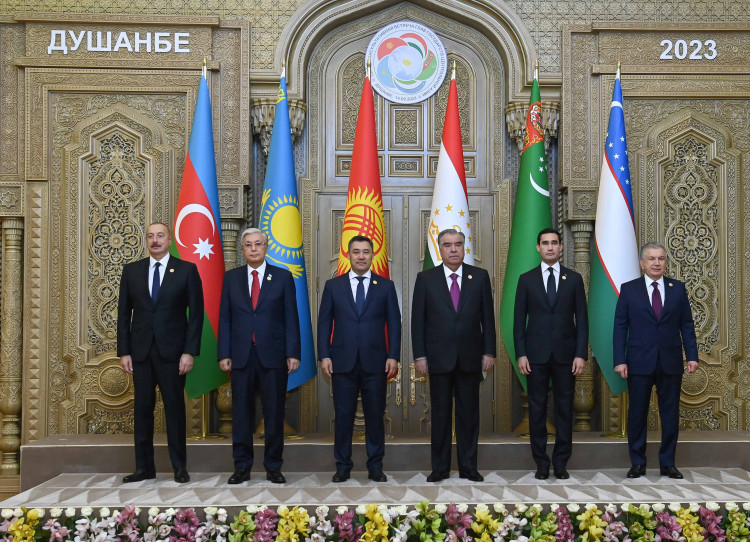 THE FIFTH CONSULTATIVE MEETING OF HEADS OF STATE OF CENTRAL ASIA
THE FIFTH CONSULTATIVE MEETING OF HEADS OF STATE OF CENTRAL ASIA
Gülperi GÜNGÖR 29.09.2023 -
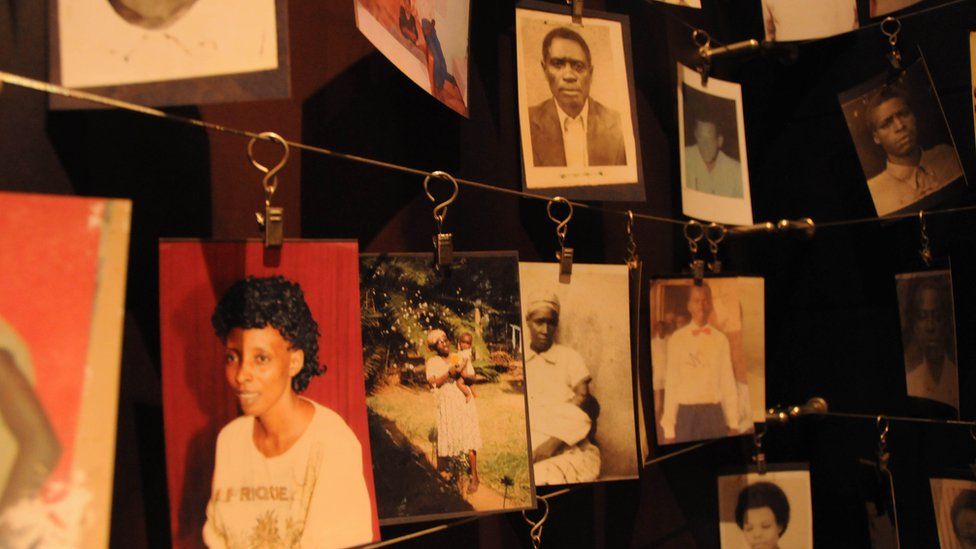 FRANCE FAILS TO ACCEPT ITS RESPONSIBILITY FOR THE RWANDAN GENOCIDE
FRANCE FAILS TO ACCEPT ITS RESPONSIBILITY FOR THE RWANDAN GENOCIDE
Gülperi GÜNGÖR 11.06.2021 -
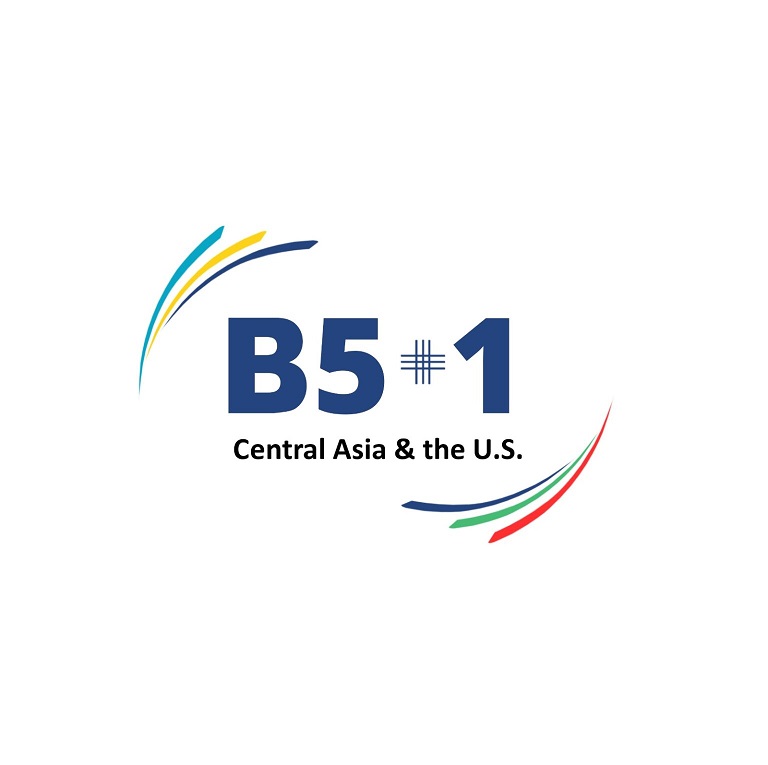 THE B5+1 FORUM AND “THE GREATER CENTRAL ASIA”
THE B5+1 FORUM AND “THE GREATER CENTRAL ASIA”
Gülperi GÜNGÖR 04.04.2024 -
 THE CENTENNIAL OF MONGOLIA'S INDEPENDENCE
THE CENTENNIAL OF MONGOLIA'S INDEPENDENCE
Gülperi GÜNGÖR 12.07.2021
-
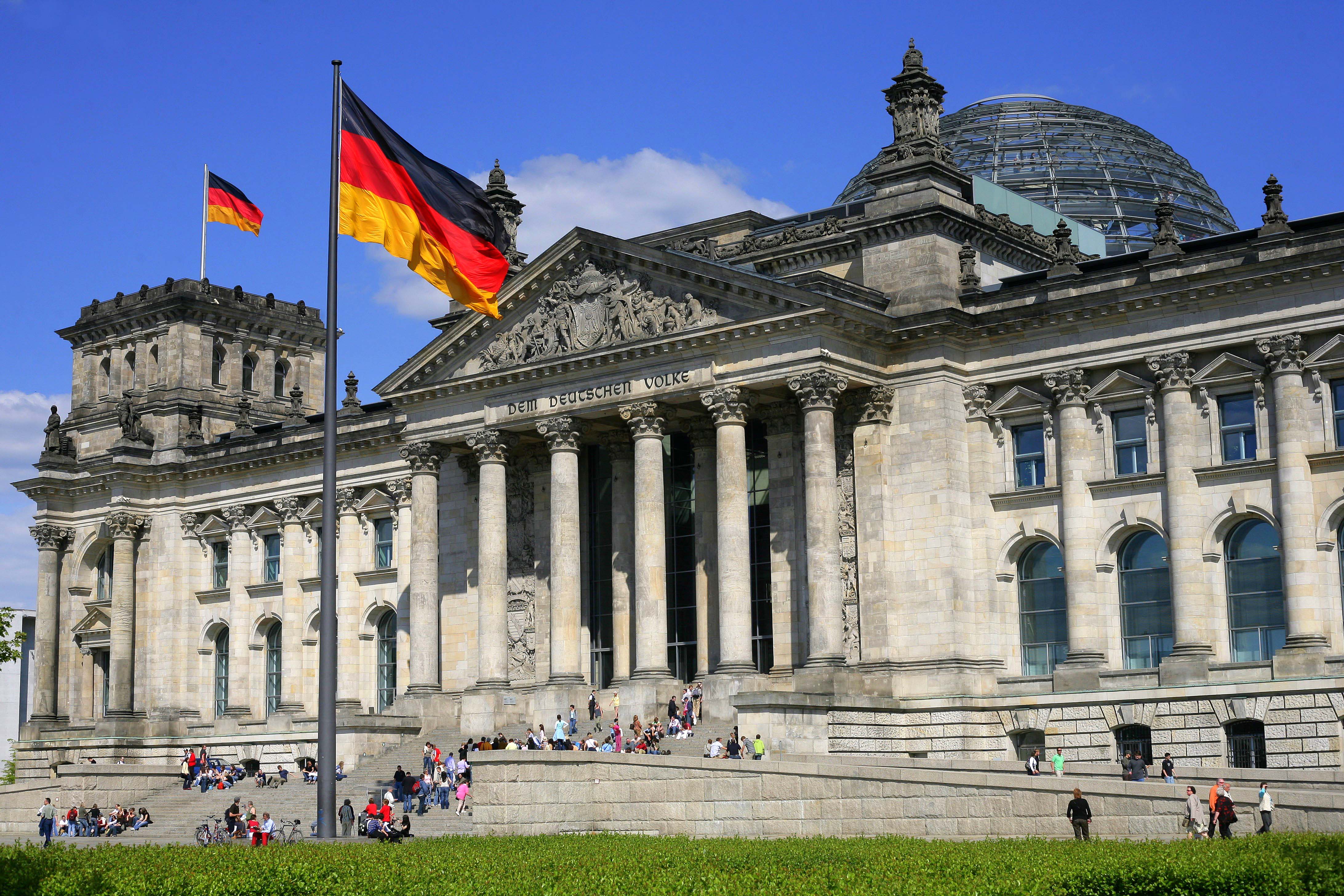 A BAD DAY IN THE BUNDESTAG
A BAD DAY IN THE BUNDESTAG
Jeremy SALT 14.06.2016 -
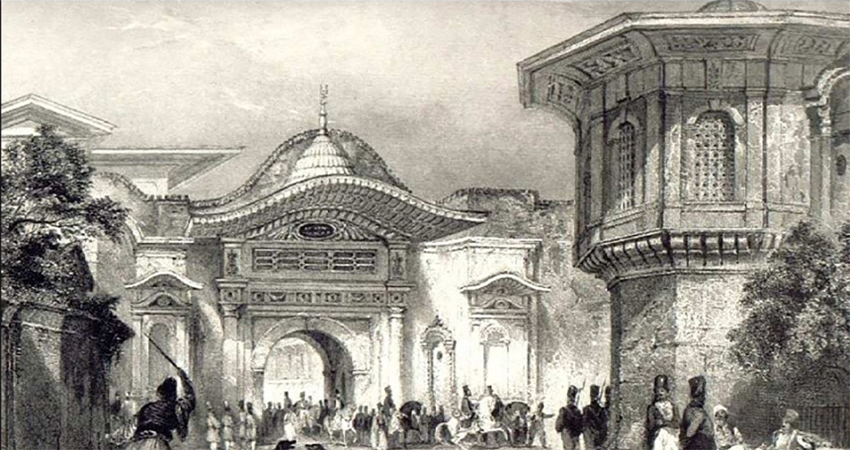 THE FIGHT AGAINST EXTREMISM AND THE OTTOMAN LEGACY
THE FIGHT AGAINST EXTREMISM AND THE OTTOMAN LEGACY
Mehmet Oğuzhan TULUN 11.05.2022 -
 THE PRESIDENT OF THE EUROPEAN COMMISSION VON DER LEYEN CONFIRMED THE DISCRIMINATION AGAINST TÜRKİYE ONCE AGAIN
THE PRESIDENT OF THE EUROPEAN COMMISSION VON DER LEYEN CONFIRMED THE DISCRIMINATION AGAINST TÜRKİYE ONCE AGAIN
Hazel ÇAĞAN ELBİR 27.09.2022 -
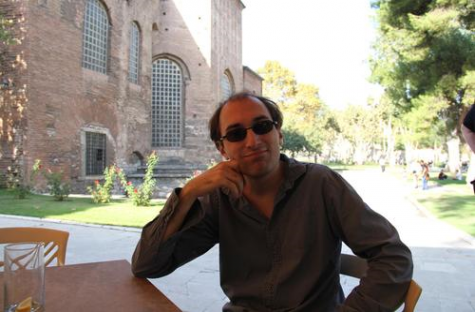 WHAT KIND OF “RECONCILIATION” IS THE HRANT-DINK FOUNDATION PROMOTING?
WHAT KIND OF “RECONCILIATION” IS THE HRANT-DINK FOUNDATION PROMOTING?
Maxime GAUIN 19.03.2015 -
 ARMENIAN ALLEGATIONS DO NOT HOLD WATER BEFORE JUDICIARY
ARMENIAN ALLEGATIONS DO NOT HOLD WATER BEFORE JUDICIARY
Ali Murat TAŞKENT 27.01.2017
-
25.01.2016
THE ARMENIAN QUESTION - BASIC KNOWLEDGE AND DOCUMENTATION -
12.06.2024
THE TRUTH WILL OUT -
27.03.2023
RADİKAL ERMENİ UNSURLARCA GERÇEKLEŞTİRİLEN MEZALİMLER VE VANDALİZM -
17.03.2023
PATRIOTISM PERVERTED -
23.02.2023
MEN ARE LIKE THAT -
03.02.2023
BAKÜ-TİFLİS-CEYHAN BORU HATTININ YAŞANAN TARİHİ -
16.12.2022
INTERNATIONAL SCHOLARS ON THE EVENTS OF 1915 -
07.12.2022
FAKE PHOTOS AND THE ARMENIAN PROPAGANDA -
07.12.2022
ERMENİ PROPAGANDASI VE SAHTE RESİMLER -
01.01.2022
A Letter From Japan - Strategically Mum: The Silence of the Armenians -
01.01.2022
Japonya'dan Bir Mektup - Stratejik Suskunluk: Ermenilerin Sessizliği -
03.06.2020
Anastas Mikoyan: Confessions of an Armenian Bolshevik -
08.04.2020
Sovyet Sonrası Ukrayna’da Devlet, Toplum ve Siyaset - Değişen Dinamikler, Dönüşen Kimlikler -
12.06.2018
Ermeni Sorunuyla İlgili İngiliz Belgeleri (1912-1923) - British Documents on Armenian Question (1912-1923) -
02.12.2016
Turkish-Russian Academics: A Historical Study on the Caucasus -
01.07.2016
Gürcistan'daki Müslüman Topluluklar: Azınlık Hakları, Kimlik, Siyaset -
10.03.2016
Armenian Diaspora: Diaspora, State and the Imagination of the Republic of Armenia -
24.01.2016
ERMENİ SORUNU - TEMEL BİLGİ VE BELGELER (2. BASKI)
-
AVİM Conference Hall 24.01.2023
CONFERENCE TITLED “HUNGARY’S PERSPECTIVES ON THE TURKIC WORLD"









